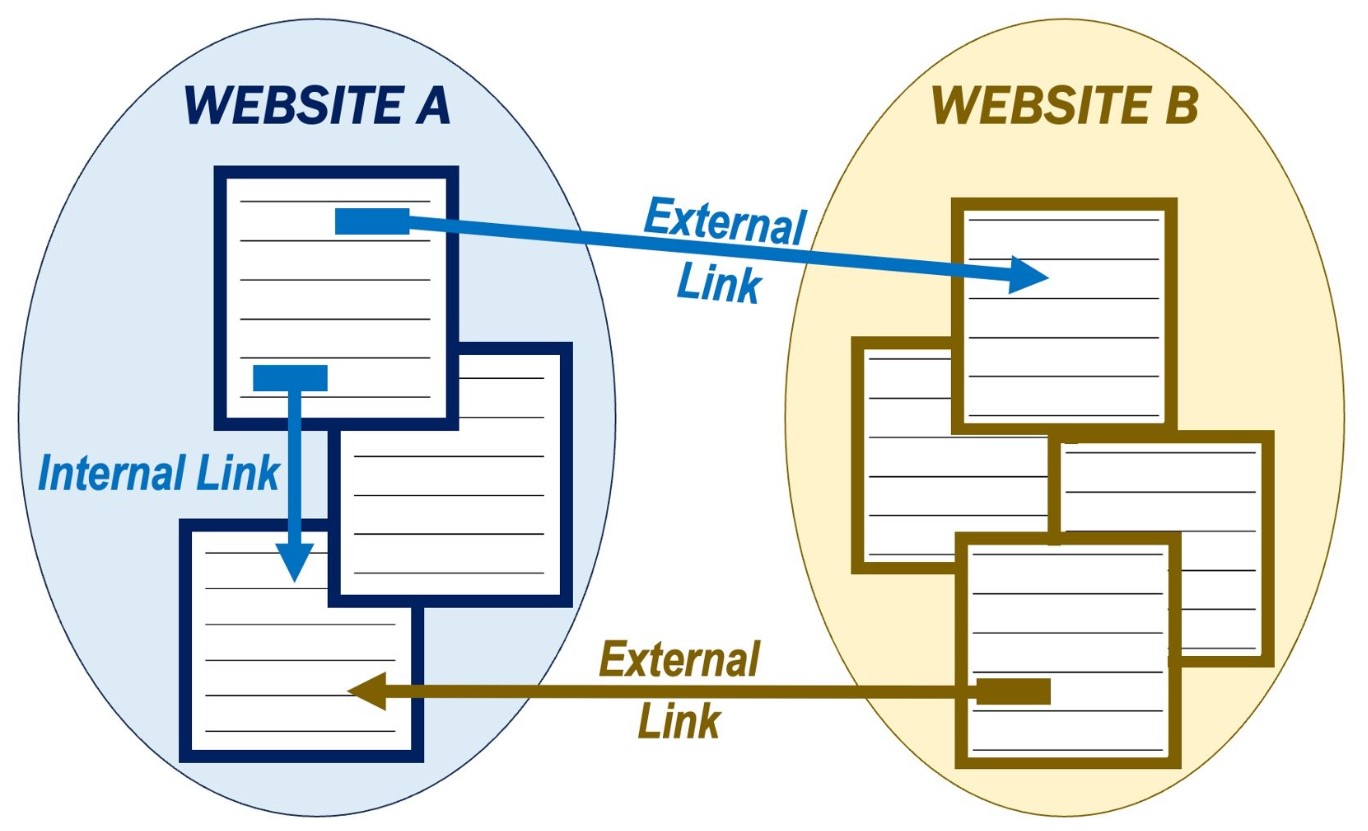The typical number of external links to the same page is a topic that has garnered much attention in the realm of search engine optimization. While there is no specific guideline or rule that dictates how many external links to the same page are acceptable, it is generally understood that having a moderate number of external links can be beneficial for a website’s ranking. Search engines like Google use external links as a way to gauge the credibility and relevance of a website.
Therefore, having external links from reputable and authoritative sources can help improve a website’s visibility and overall ranking in search results. However, it is important to note that excessive external linking can be seen as spammy and can have a negative impact on a website’s ranking. It is recommended to focus on creating high-quality content that naturally attracts external links rather than artificially manipulating the number of external links to a page. Ultimately, the goal should be to create a user-friendly and informative website that provides value to visitors and encourages natural linking from other websites.

Diving Deeper into Link Distribution
Link distribution is an important aspect of search engine optimization that involves strategically placing links to a website across various online platforms. By strategically distributing links, website owners can increase their website’s visibility and drive more traffic to their site. However, it is important to note that not all link distribution practices are created equal. Some link distribution tactics may be more effective than others, while some may be considered spammy or low-quality.
It is crucial for website owners to understand the different types of link distribution strategies and their potential impact on their website’s search engine rankings. By diving deeper into link distribution, website owners can better understand how to effectively use links to improve their website’s visibility and ultimately drive more organic traffic. Additionally, website owners should also consider the quality of the websites where their links are being placed.
High-quality, relevant websites are more likely to positively impact a website’s search engine rankings, while low-quality websites may have a negative impact. By taking the time to carefully consider their link distribution strategy, website owners can ensure that they are maximizing the potential benefits of link building while avoiding potential pitfalls. In conclusion, link distribution is a complex and nuanced aspect of SEO that requires careful consideration and strategic planning. By diving deeper into link distribution practices, website owners can optimize their link building efforts and ultimately improve their website’s search engine rankings.
Calculating Totals and Ratios
Calculating totals and ratios is a fundamental aspect of data analysis and decision-making in various fields such as finance, business, and science. Totals allow us to sum up values to get an overall picture of a situation, while ratios help us to compare different quantities or values in a meaningful way. By calculating totals, we can determine the overall impact of a certain factor or variable on a dataset, providing us with valuable insights into trends and patterns.
Ratios, on the other hand, allow us to make comparisons between different variables or entities, helping us to identify relationships and dependencies that may not be immediately apparent. Both totals and ratios play a crucial role in making informed decisions and predictions based on data analysis. For example, in finance, calculating the total revenue or profit of a company can help investors and stakeholders assess its financial health and performance. Similarly, calculating ratios such as the debt-to-equity ratio can provide insights into a company’s financial leverage and risk profile.
In science, calculating ratios such as the signal-to-noise ratio can help researchers determine the strength of a signal relative to background noise, leading to more accurate and reliable results. Overall, calculating totals and ratios is an essential skill for anyone working with data, as it allows us to make sense of complex information and draw meaningful conclusions that can guide our actions and decisions.
Implications of These Figures
The implications of these figures are vast and far-reaching. They shed light on the state of our society and the complexities of human behavior. The numbers reveal a deep-seated issue that cannot be easily resolved. They indicate a need for further examination and understanding of the factors that contribute to such statistics. These figures challenge us to reevaluate our assumptions and beliefs about the world we live in.
They force us to confront uncomfortable truths and question the systems and structures that perpetuate these patterns. The implications of these figures call for a more nuanced and thoughtful approach to addressing the underlying issues at play. They demand that we look beyond surface-level solutions and delve into the root causes of these disparities. These statistics serve as a wake-up call, urging us to take action and make meaningful changes in order to create a more just and equitable society for all.
The implications of these figures compel us to think critically and act with compassion and empathy towards those who are most affected by these realities. In order to truly address these challenges, we must be willing to engage in difficult conversations and challenge the status quo. Only then can we begin to make progress towards a more inclusive and equitable society for all.
Reasons for Multiple Internal Links
Multiple internal links within a website can serve a variety of purposes, all of which contribute to a more user-friendly and informative browsing experience. One reason for incorporating multiple internal links is to improve website navigation. By providing links to related content within a website, users can easily navigate between pages and find more information on a particular topic of interest. This not only keeps users engaged with the website but also helps them discover new and relevant content.
Additionally, internal links can help improve a website’s search engine optimization (SEO) by creating a network of interconnected pages that search engine algorithms can crawl and index. This can help improve a website’s visibility and ranking in search engine results, ultimately driving more organic traffic to the site. Furthermore, internal links can help establish authority and credibility within a particular niche or industry by showcasing the depth and breadth of content available on a website.
By linking to other relevant and high-quality content within a website, users are more likely to trust the information presented and view the website as a valuable resource. Overall, multiple internal links can enhance the user experience, improve SEO, and establish credibility, making them an essential component of any well-structured website.

Few Outgoing Links on Referring Page
Having few outgoing links on a referring page can have both positive and negative implications. On one hand, a lack of outgoing links may indicate that the website is highly focused on providing valuable and relevant content to its visitors. This can create a more cohesive and user-friendly experience for readers, as they are not constantly bombarded with distractions or irrelevant information.
Additionally, a limited number of outgoing links can help to boost the credibility and authority of the website, as it suggests that the content is well-researched and authoritative in nature. However, on the other hand, having too few outgoing links can also be detrimental to the website’s visibility and search engine rankings. Outgoing links are an important factor in search engine optimization, as they help to establish the credibility and relevance of a website within its industry.
Without a sufficient number of outgoing links, a website may struggle to rank highly in search engine results and attract organic traffic. Therefore, while having few outgoing links on a referring page may indicate a strong focus on quality content, it is important for website owners to strike a balance between providing valuable information to readers and optimizing their website for search engines.
Multiple Links: Image and Text
When it comes to including multiple links in a piece of content, such as combining an image link with a text link, there are a few things to consider. First, it can be a great way to provide additional information or resources to your readers in a visually appealing way. By using both an image and text link, you are giving your audience multiple options for accessing the content you are directing them to. This can help increase engagement and make it easier for users to find what they are looking for.
Additionally, using both types of links can help improve the overall user experience, as some people may prefer clicking on images while others prefer text links. However, it is important to ensure that both links are relevant and lead to high-quality, trustworthy sources. Including too many links or linking to irrelevant content can be overwhelming for readers and may come across as spammy. Overall, when done thoughtfully and strategically, combining image and text links can be a valuable tool for enhancing the usability and effectiveness of your content.
